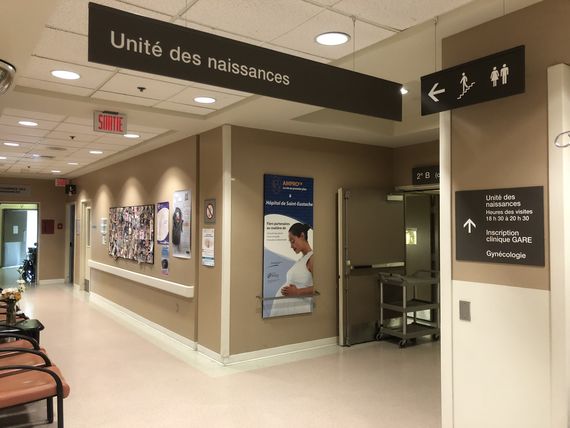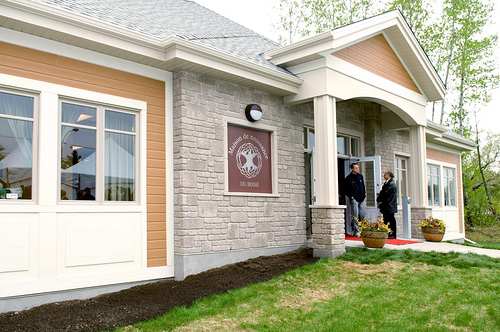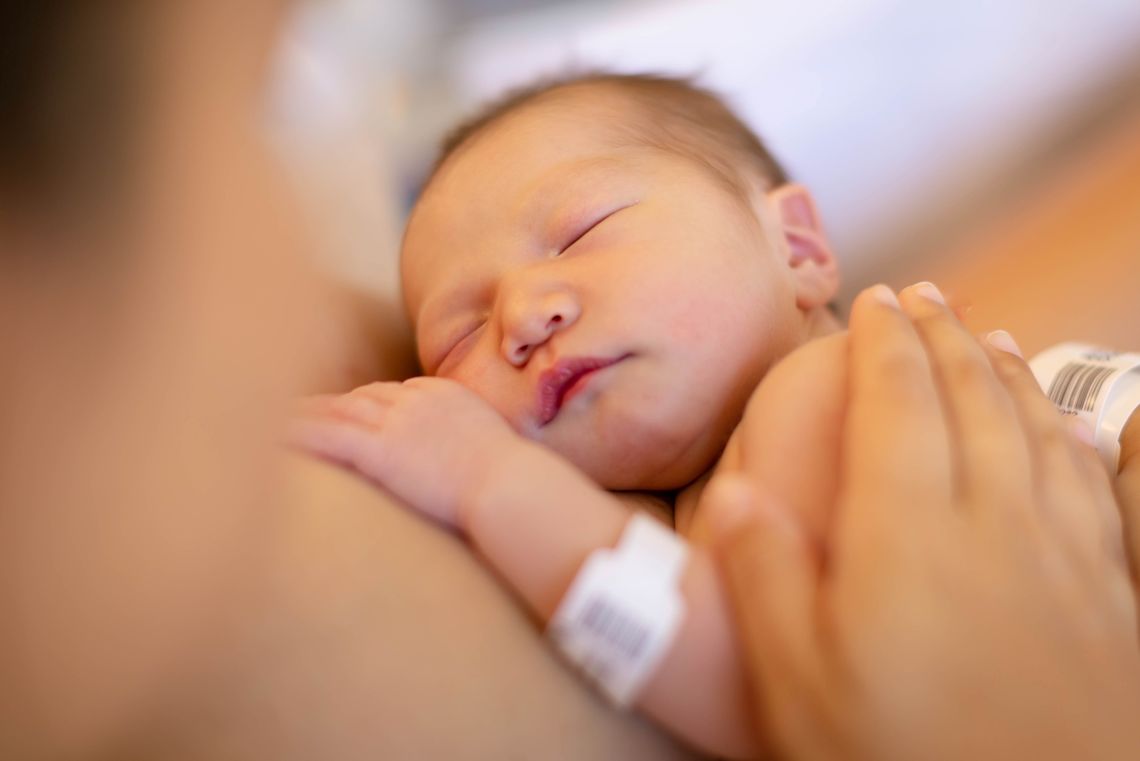All CISSS des Laurentides birthing hospitals offer services that meet the quality and safety standards recommended by the highest health authorities, and offer a warm and human approach that respects individual needs.
If you have chosen to give birth at a CISSS des Laurentides hospital, here is what you need to know:
Hôpital de Saint-Jérôme
Birthing unit, 4th floor
Telephone: 450-432-2777, ext. 28440
Hôpital de Saint-Eustache
Birthing unit, 2nd floor
Telephone: 450-473-6811, ext. 42180
Centre multiservices de santé et de services sociaux de Sainte-Agathe (former Hôpital Laurentien)
Birthing unit, 1st floor
Telephone: 819-324-4000, ext. 34481
Hôpital de Mont-Laurier
Mother-Child Complex, 2nd floor
Telephone: 819-623-1234, ext. 4269
Information about visits
The father, or a significant person, can stay with the mother at all times. Grandparents, brothers and sisters are also admitted at all times.
Children under the age of 12 years visiting a new mother (siblings and other children) are admitted on condition that they are accompanied by an adult and do not present any signs of infection.
- Visits during labour and delivery
A maximum of two (2) visitors, excluding the father, are permitted.


